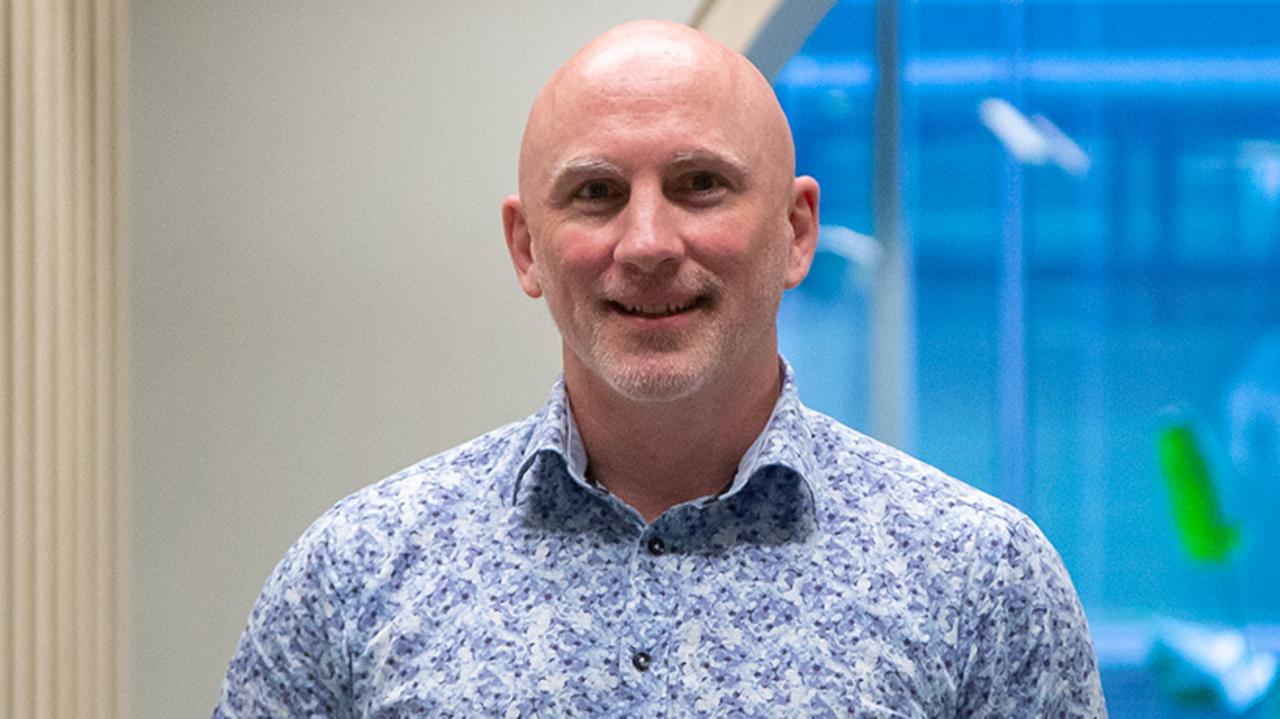How to start your own beehive
Beekeeping has become a thing in Australia with one social media group now comprising 14,000-plus members. See how you can join the craze.
Hobby-hungry Aussies looking for interests closer to home during the pandemic are trying their hand at beekeeping.
Local bee associations and dedicated social media groups have swelled since the Covid-19 outbreak, with one Australian Facebook group now comprising more than 14,000 members – and hundreds continue to join each week.
But bee expert Doug Purdie says the beekeeping trend has been growing since even before the pandemic, as people are increasingly fascinated by bees and where their food comes from.
“Honey is something you can easily make in your backyard – and it tastes great,” he says.
“It goes well with chooks and your backyard veggie garden.”
Purdie, who is co-director of The Urban Beehive and author of Backyard Bees: A complete guide for the beginner beekeeper or bee enthusiast, encourages more people to understand bees in general.
“We have a problem where our gardens are ornamental and use a lot of insecticide and we need to change that for the good of all pollinators,” he says.
“The more people understand bees, the more they might look at their garden with a new view and it will help the whole eco system.”

So how can people start their own hive?
JOIN A BEE CLUB
Purdie recommends doing some reading and joining a bee group before buying a hive.
“Get a bit of experience before you launch into getting bees because they are a responsibility and there are certain legal requirements around your management of the bee hive,” he says.
“They have to be registered and you have to be doing inspections, looking for disease.
“If you don’t notice it, you could be spreading disease to the bees around, which could be catastrophic.
“Don’t buy a bee hive before you have some idea of what you are doing.”
DO A COURSE
These range from one-day beginners courses through to formal qualifications.
Sydney beekeeper Vicky Brown says there are a lot more education options now than in the past.
“When I first started (at 18), it was a night course or you had to be born into a family of beekeepers,” she says.
“Now you can get a Certificate III in Beekeeping and it’s really comprehensive.”
These days, Brown runs The Urban Beehive with Purdie, helping to oversee about 100 hives in city and urban areas, and offering beginner’s beekeeping classes for hobbyists.

CHOOSE LOCATION WISELY
“Don’t just get a bee hive and plonk it anywhere,” Purdie says.
“Apartments are problematic because bees sting people and a lot of people are terrified of bees because they have seen roadrunner being chased down the road or something like that.
“You don’t want to put a bee hive on your balcony because bad neighbour issues could be turned up – although you could get together with neighbours and put a hive on common property.”
GET THE KIDS INVOLVED
Purdie says young children often get involved in his courses.
“They are fascinated by what is going on in their beehive,” he says.
“It’s also good commerce education for kids because bee hives make honey and they get to understand how that whole circle works.”
PUT THE TIME IN
“You can’t just put a hive in the corner of your yard and forget about it,” Purdie says.
“You have to check it about once every three weeks.
“It’s not a huge task, but you can’t just leave it there – it’s bad for the bees and the environment.”
MAKE IT A SIDE HUSTLE
It costs about $1400 to buy the gear and do a short course, but Purdie says the hobby can pay for itself.
“You can sell the honey and recoup that money and it can be something that give you some pocket money,” he says.
“It’s cheaper than golf.”

KEEP BEES BUZZING
Even if you don’t want to start a hive, Purdie says people can help their local bees.
1. CHOOSE PLANTS BEES MIGHT LIKE
Make sure about three plants are flowering all year ‘round.
2 PUT DOWN YOUR INSECTICIDE CAN
Backyards have a system of pests and their predators – if you stop spraying everything, that system will balance out as nature intended
3 HERBS HELP TOO
If you are growing herbs, such as basil, just remember to let the flowers grow – don’t cut them off to encourage more leaves.
4 LEAVE THE CLOVER IF YOU CAN
It’s a great plant for bees and makes for particularly good honey.
4 NOW IS THE TIME TO START
Spring is the beginning of the bee season in Australia, so it's a good time to set up your garden.





